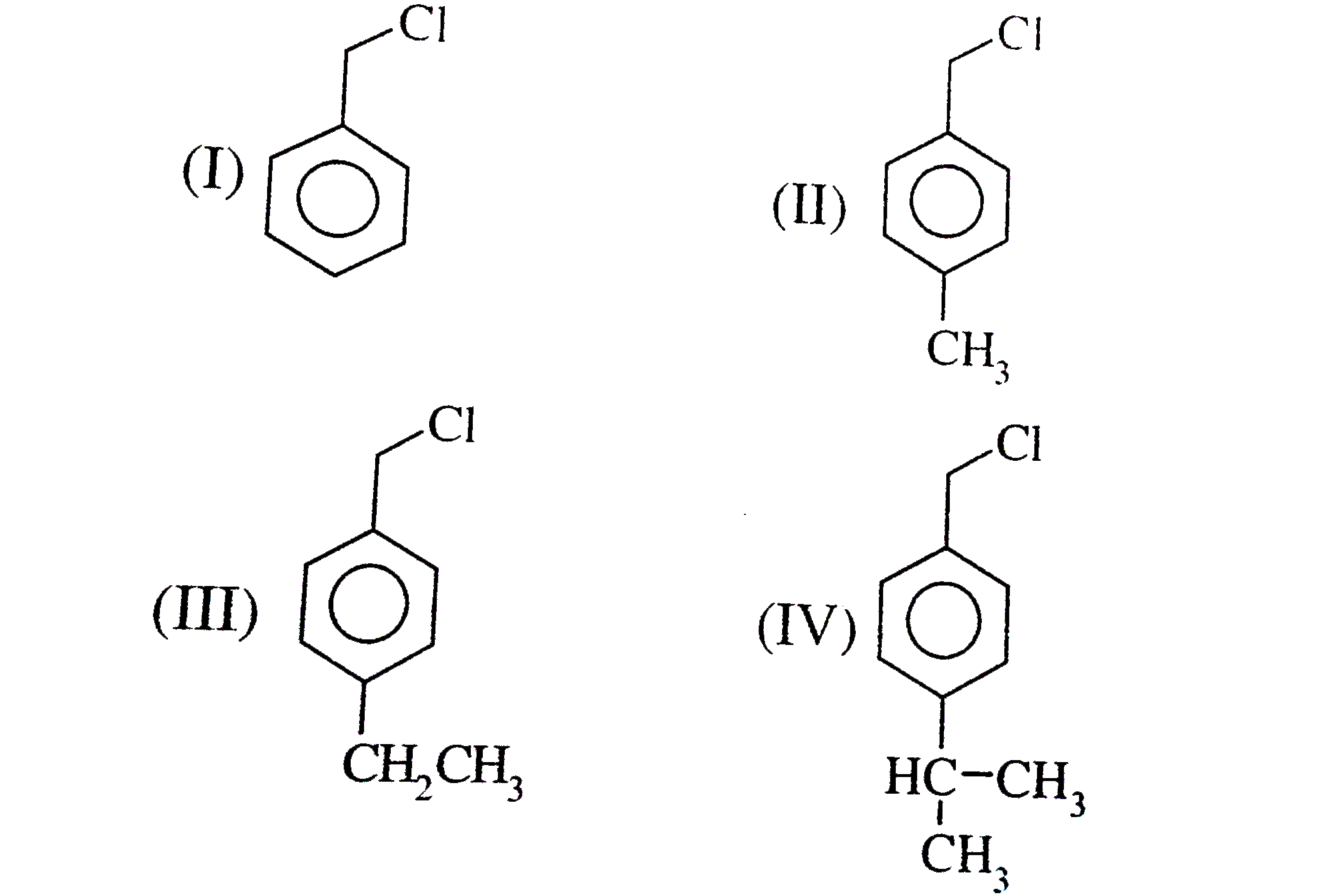Reactivity order of halides of dehydrohalogenation is
R – F gt R – Cl gt R – Br gt R – I
R – I gt R – Br gt R – Cl gt R – F
R – I gt R – Cl gt R – Br gt R – F
R – F gt R – I gt R – Br gt R – Cl
The correct Answer is:B
To determine the reactivity order of halides in dehydrohalogenation, we need to consider the factors that influence the reaction, particularly the bond length and bond dissociation enthalpy of the halogen-carbon bonds.
1. Understanding Dehydrohalogenation:
- Dehydrohalogenation is a reaction where a hydrogen halide (HX) is removed from an alkyl halide (R-X), resulting in the formation of an alkene (R=R).
- The reactivity of the halides in this reaction depends on the strength of the carbon-halogen bond.
2. Analyzing Bond Length and Strength:
- The halogens (F, Cl, Br, I) belong to the same group in the periodic table, and as we move down the group, the size of the atoms increases.
- The bond length increases from R-F to R-I, which means the bond strength decreases. The weaker the bond, the easier it is to break, leading to higher reactivity in dehydrohalogenation.
3. Bond Dissociation Enthalpy:
- The bond dissociation enthalpy is the energy required to break a bond. For halides, the order of bond dissociation enthalpy is:
- R-F > R-Cl > R-Br > R-I
- This indicates that the R-F bond is the strongest and the hardest to break, while the R-I bond is the weakest and the easiest to break.
4. Reactivity Order:
- Since the reactivity in dehydrohalogenation is inversely related to bond strength, we can conclude:
- R-I will be the most reactive (weakest bond), followed by R-Br, then R-Cl, and finally R-F (strongest bond).
- Therefore, the reactivity order of halides in dehydrohalogenation is:
- R-I > R-Br > R-Cl > R-F
5. Conclusion:
- Based on the analysis, the correct answer is option B: R-I > R-Br > R-Cl > R-F.
- Dehydrohalogenation is a reaction where a hydrogen halide (HX) is removed from an alkyl halide (R-X), resulting in the formation of an alkene (R=R).
- The reactivity of the halides in this reaction depends on the strength of the carbon-halogen bond.
- The halogens (F, Cl, Br, I) belong to the same group in the periodic table, and as we move down the group, the size of the atoms increases.
- The bond length increases from R-F to R-I, which means the bond strength decreases. The weaker the bond, the easier it is to break, leading to higher reactivity in dehydrohalogenation.
- The bond dissociation enthalpy is the energy required to break a bond. For halides, the order of bond dissociation enthalpy is:
- R-F > R-Cl > R-Br > R-I
- This indicates that the R-F bond is the strongest and the hardest to break, while the R-I bond is the weakest and the easiest to break.
- Since the reactivity in dehydrohalogenation is inversely related to bond strength, we can conclude:
- R-I will be the most reactive (weakest bond), followed by R-Br, then R-Cl, and finally R-F (strongest bond).
- Therefore, the reactivity order of halides in dehydrohalogenation is:
- R-I > R-Br > R-Cl > R-F
- Based on the analysis, the correct answer is option B: R-I > R-Br > R-Cl > R-F.
Similar Questions
Knowledge Check
The reactivity of alkyl halides for Wurtz reaction is :
A1∘>2∘>3∘B3∘>2∘>1∘C2∘>3∘>1∘D1∘>3∘>2∘
The decreasing order of reactivitly towards dehydrohalogenation (E1) reaction of the following compounds is:
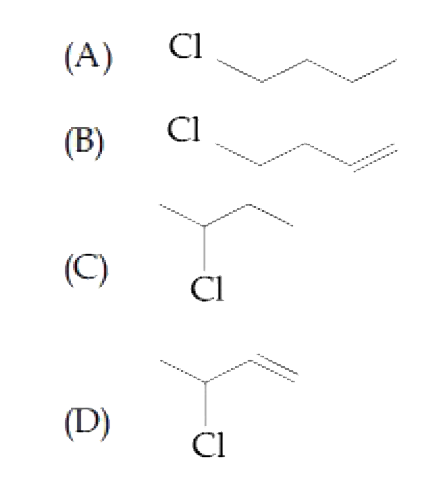
View SolutionThe reactivity order towards hydrogenation of the following compounds is

View SolutionWhich one of the following hyxachlorocyclohexane is least reactive and which one is most reactive in E2 reactions with a strong base fro dehydrohalogenation.

View SolutionThe correct order of reactivity of hydrogen halides with ethyl alcohol is
View SolutionPredict the order of reactivity of following compounds in dehydrohalogenation.
a. I. II.
II. 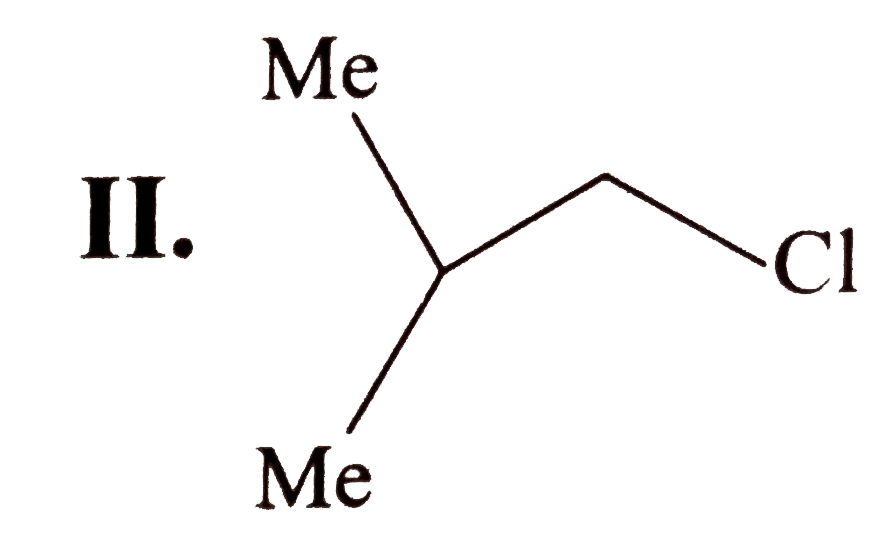
III.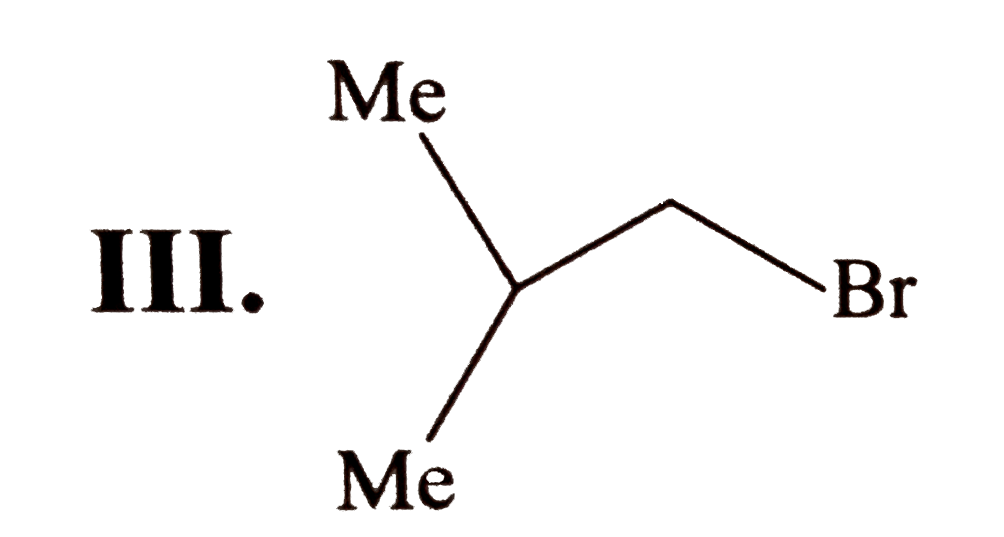 IV.
IV. 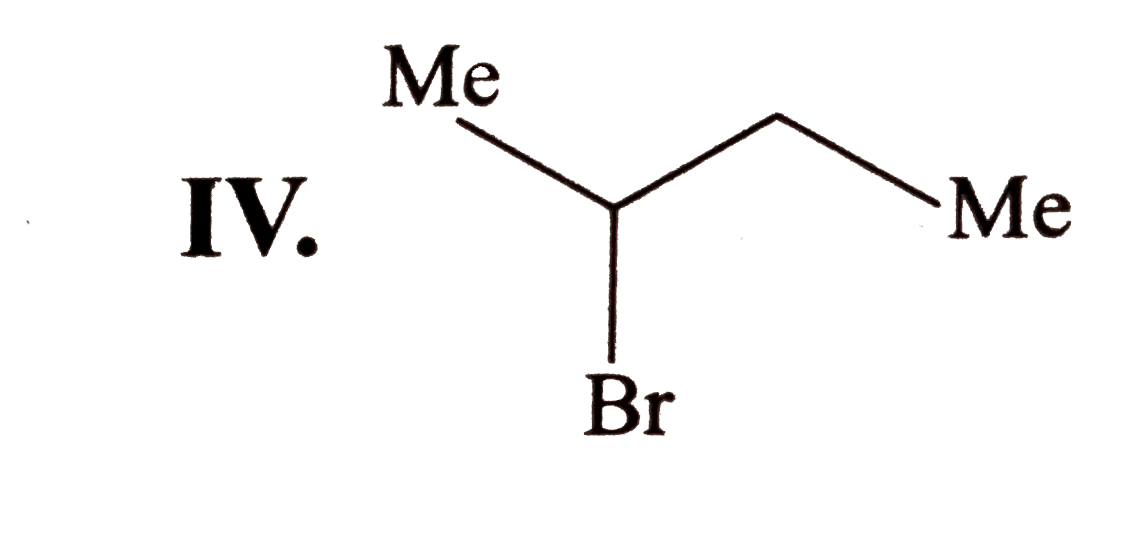
V.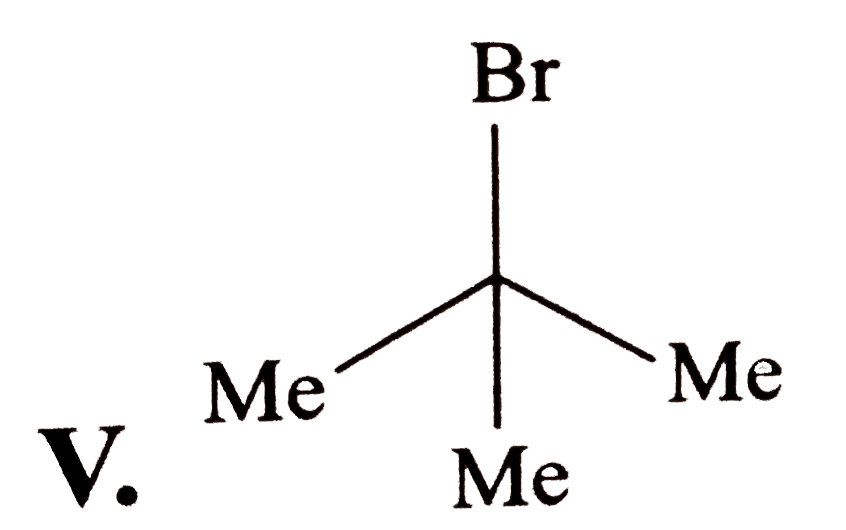
b. I.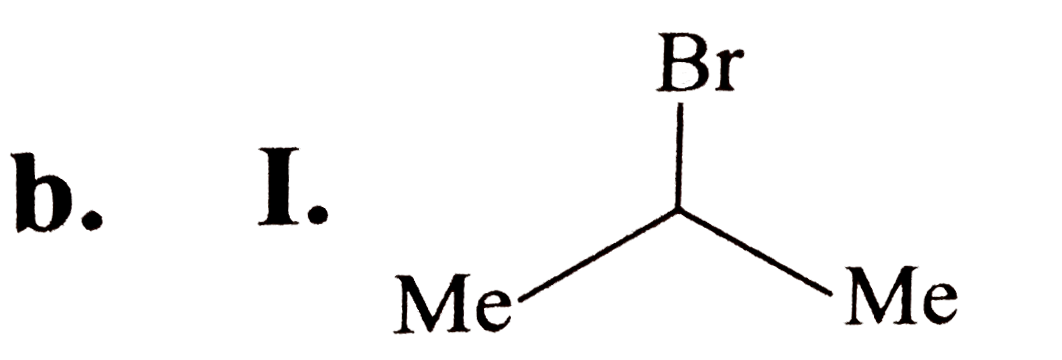 II.
II. 
III.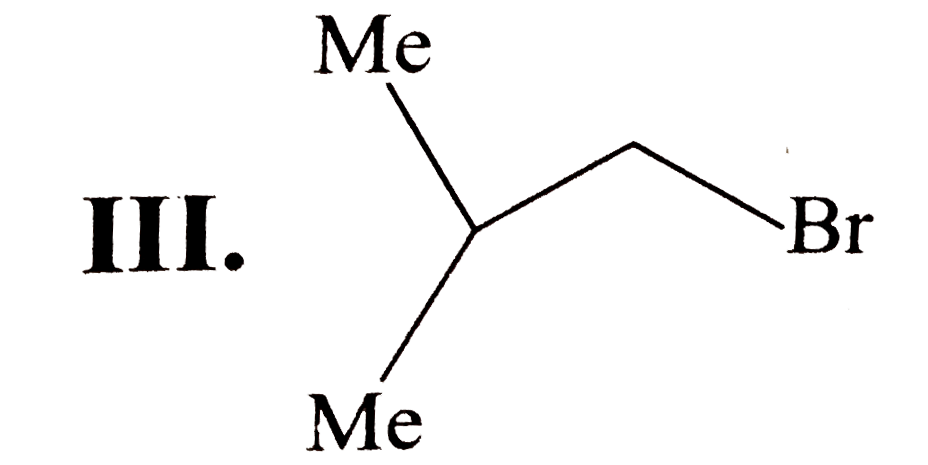 IV.
IV. 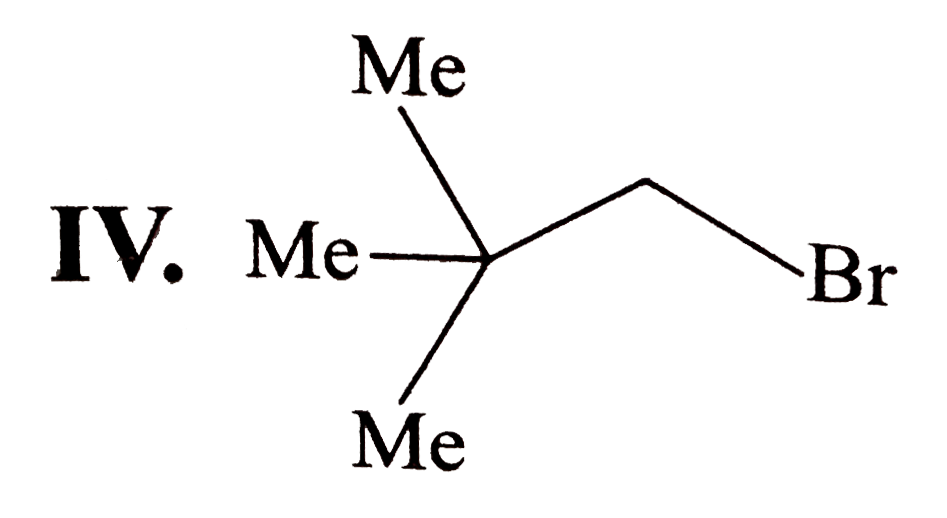
View SolutionThe decreasing order of dehydrohalogenation of the following compounds is :
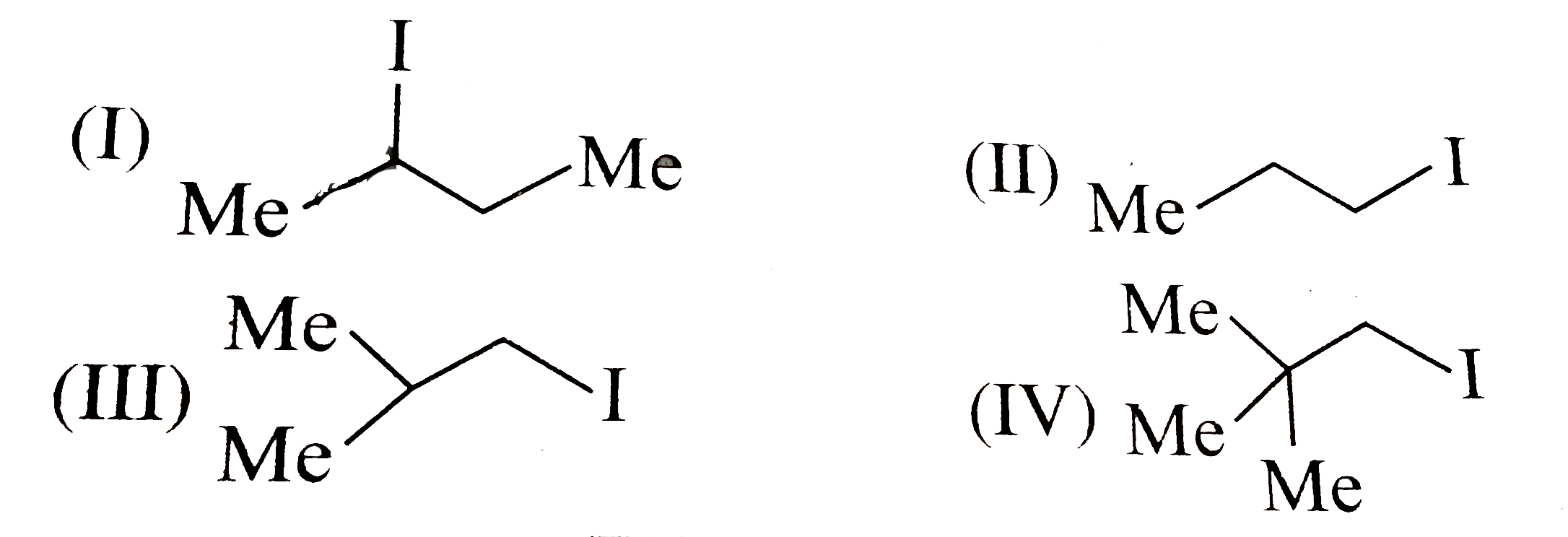 .
.
View SolutionCorrect order of boiling points of hydrogen halides is
View Solution

